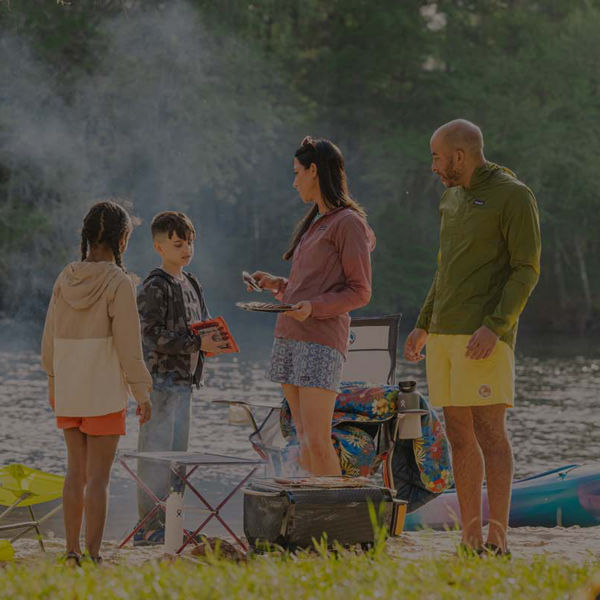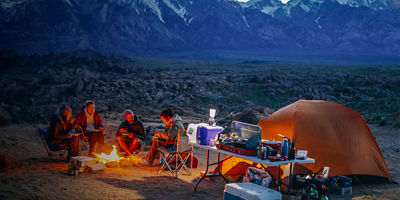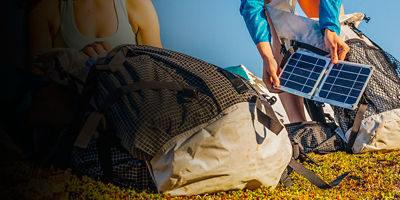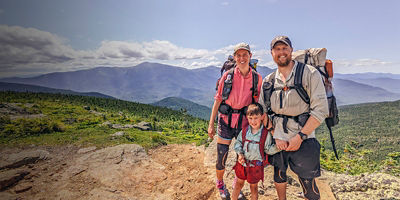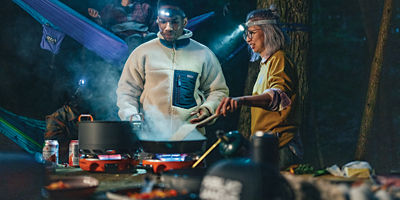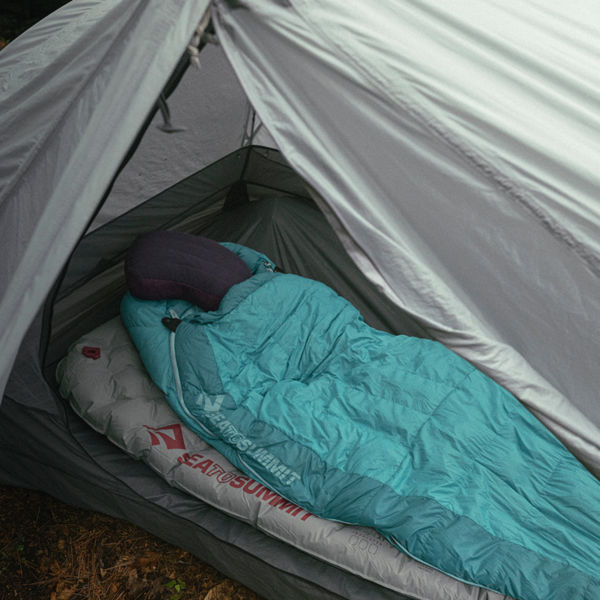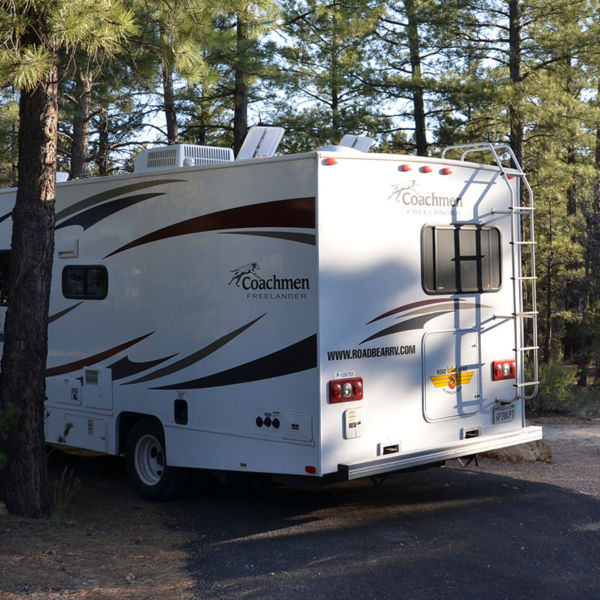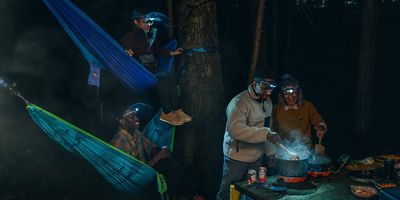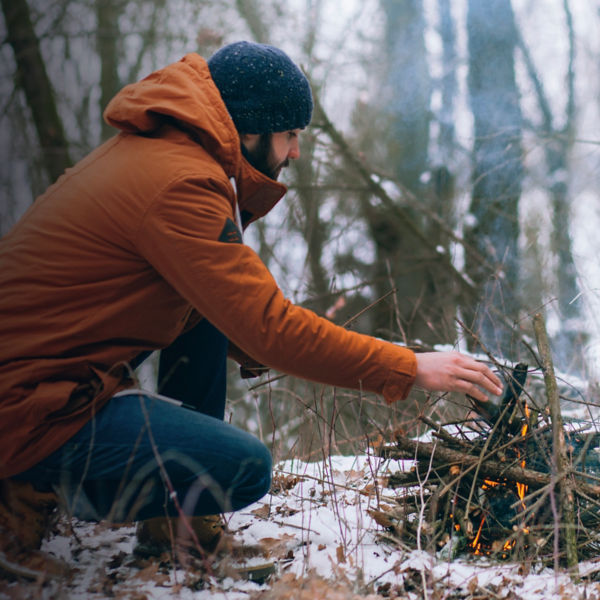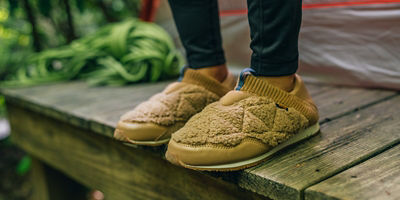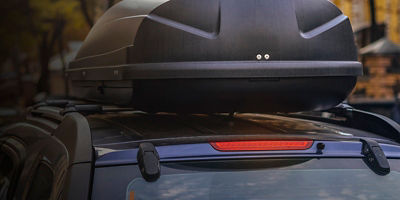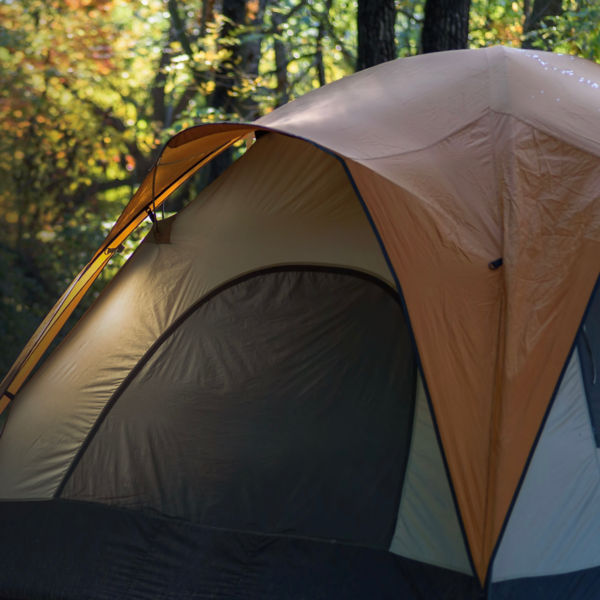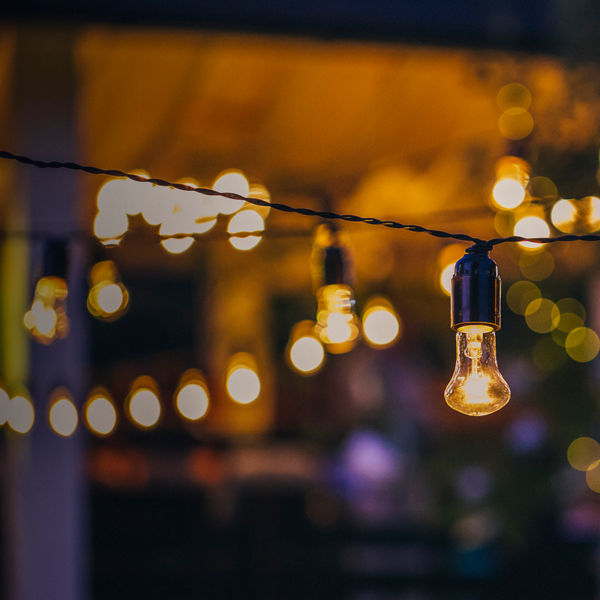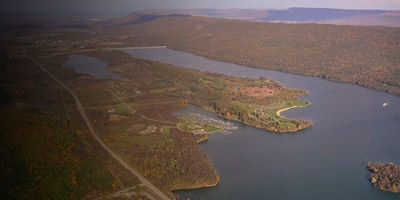
You don’t need us to tell you how important it is to have a light after dark. But not just any light will do. You don’t want to be stuck night-hiking with a beam better suited for reading a book, so use this guide to lumens, features, and power to zero in on the best headlamp for you.
What will you use it for?
Answer this question before you start your search. If you need a headlamp for camp chores and reading, don’t get tempted by expensive features you won’t use. If you’ll be starting a summit push at 2 a.m., don’t cut corners on brightness and beam distance. Trail running after dark? You want low weight and stability.
Brightness (Lumens)
Almost all headlamps use LEDs, because they're durable and efficient. But they differ considerably in brightness, which is measured in lumens. Technically, lumens measure the amount of light output at the source, so headlamp design can affect how bright and focused the beam looks, but lumens are the best measure to start with. If you just need a headlamp for camp—cooking, reading, etc.—then something in the lower end of the range will work great (100 to 150 lumens), but if you’re doing something more technical, like mountaineering, you’ll want to look for something higher (300 lumens or more). Many headlamps let you choose between high, medium, and low brightness settings to dial in what you need while saving power. No surprise: Price goes up as lumens go up.
Beam Distance
If you’re doing something active in the dark, like trail running, you’re going to want a beam with a greater distance so you can actually see where you’re going. Backpackers and campers don’t need a huge beam distance if they plan to do basic things like set up camp at night. Best of both worlds: Brightness settings let you adjust beam distance to illuminate whatever scene you're in. Just remember that the highest advertised beam distance (100 meters is common) will be for the brightest beam setting, which drains batteries fast. The lowest setting could reduce beam distance to 10 meters or less, which is fine for camp and greatly improves battery life.
Beam Type
Wide or flood: This is best for camp chores and general use. As the name implies, the beam is spread out to light a larger area.
Narrow or spot: This type of beam focuses the light on a narrower area, for a brighter effect where you need it most.
Combo: Some headlamps let you switch back and forth between the two.






